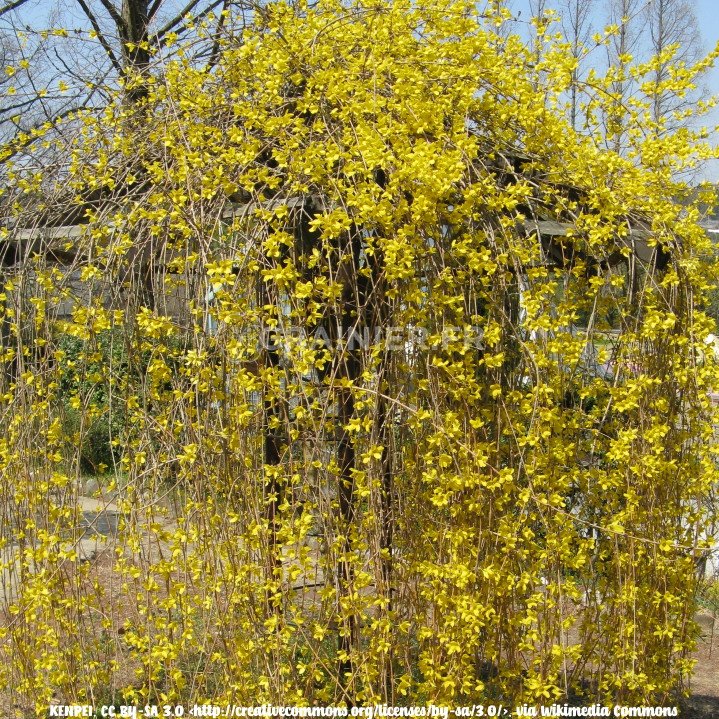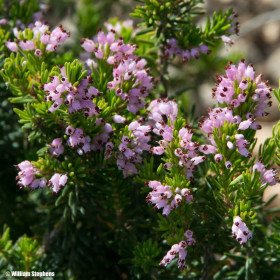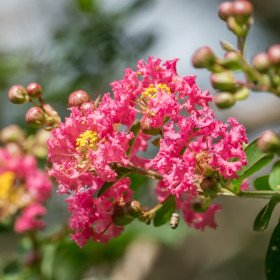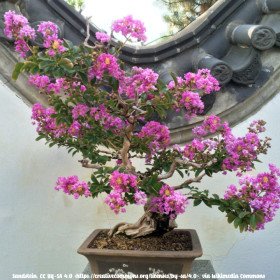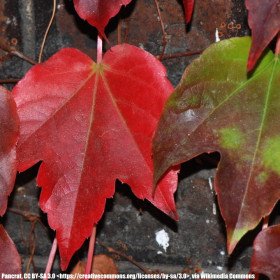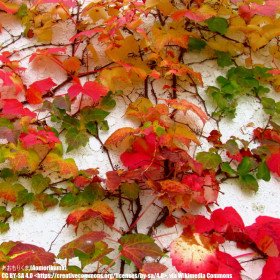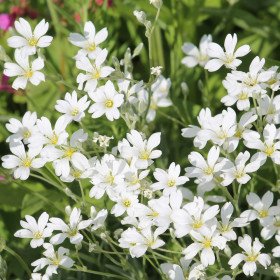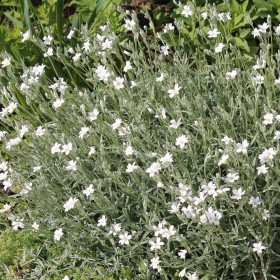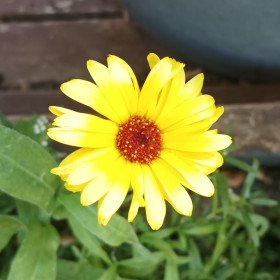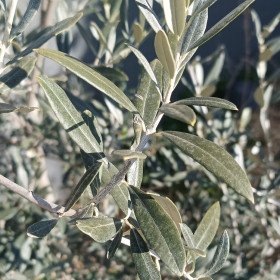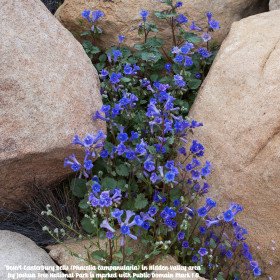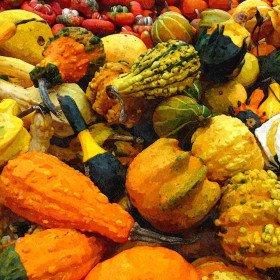10 Graines Forsythia pleureur, Forsythia suspensa
10 Graines Forsythia pleureur, Forsythia suspensa
- Modèle : 10 Graines Forsythia pleureur, Forsythia suspensa
- Disponibilité : INDISPONIBLE
- 1,50€
Me contacter dès que le produit est disponible
Forsythia pleureur, 连翘 Lián Qiáo, Forsythia suspensa |
Forsythia suspensa, communément appelée forsythia retombante ou forsythia chinois, est un arbuste à feuilles caduques appartenant à la famille des Oleaceae. C'est une plante populaire dans les jardins pour sa floraison abondante et précoce au printemps.
10 Graines ( pur : 60-70 % - 10 graines minimum voir photo graines )
Description : Forsythia suspensa est un arbuste de taille moyenne qui peut atteindre jusqu'à 2 à 3 mètres de hauteur. Il présente des branches arquées et retombantes, ce qui lui confère un aspect gracieux et élégant. Les feuilles sont ovales, vertes et opposées le long des tiges. Les fleurs apparaissent avant les feuilles, formant de grandes grappes jaunes lumineuses qui égayent le paysage au début du printemps.
Utilisation : Forsythia suspensa est principalement cultivée pour sa belle floraison printanière. Les grappes de fleurs jaunes vives apportent une explosion de couleur dans le jardin après les longs mois d'hiver. Elle peut être utilisée comme plante ornementale en massifs, bordures ou haies, apportant une touche de lumière et de gaieté. Certaines personnes utilisent également les branches fleuries pour réaliser des arrangements floraux.
Culture : Voici quelques conseils pour la culture de Forsythia suspensa :
Conditions de croissance : L'arbuste préfère un emplacement ensoleillé à mi-ombragé pour une floraison optimale. Il est assez tolérant en ce qui concerne le type de sol, mais préfère un sol bien drainé et fertile. Il peut s'adapter à des conditions de sol légèrement acides à légèrement alcalines.
Plantation : Il est recommandé de planter Forsythia suspensa à l'automne ou au printemps, lorsque le sol est suffisamment réchauffé. Creusez un trou de plantation deux fois plus large que la motte de racines et placez l'arbuste au niveau du sol. Remplissez le trou avec du terreau mélangé à du compost et tassez légèrement autour de la base de la plante. Arrosez abondamment après la plantation.
Entretien : Forsythia suspensa est un arbuste facile à entretenir. Il nécessite peu de taille, mais vous pouvez élaguer les branches après la floraison pour favoriser une croissance saine et une meilleure ramification. Un arrosage régulier est nécessaire pendant la période de croissance, mais évitez de trop arroser pour éviter les problèmes de pourriture des racines.
Propagation : Vous pouvez propager Forsythia suspensa par bouturage de tiges semi-ligneuses à la fin de l'été ou par marcottage des tiges au printemps. Les deux méthodes sont relativement simples et offrent de bons taux de réussite.
Symbolique : Forsythia suspensa symbolise le renouveau et le début du printemps. Ses fleurs jaunes éclatantes représentent la joie, l'optimisme et la vitalité. Elle est souvent associée à la promesse de jours plus chauds et plus lumineux à venir après la période hivernale.
En conclusion, Forsythia suspensa est un arbuste attrayant qui apporte une magnifique floraison jaune au printemps. Son utilisation ornementale, sa facilité de culture et sa symbolique en font un choix populaire pour de nombreux jardins. En suivant les conseils de culture appropriés, vous pourrez profiter de ses belles fleurs année après année.
Etiquettes : forsythia, pleureur, lian, qiao, suspensa, GRAINES DE FLEURS & ARBRES Forsythia pleureur, 连翘 Lián Qiáo, Forsythia suspensa, Exotiques & Rares Forsythia pleureur, 连翘 Lián Qiáo, Forsythia suspensa, Arbustes & plantes grimpantes Forsythia pleureur, 连翘 Lián Qiáo, Forsythia suspensa, Forsythia pleureur, 连翘 Lián Qiáo, Forsythia suspensa GRAINES DE FLEURS & ARBRES, Forsythia pleureur, 连翘 Lián Qiáo, Forsythia suspensa Exotiques & Rares, Forsythia pleureur, 连翘 Lián Qiáo, Forsythia suspensa Arbustes & plantes grimpantes


